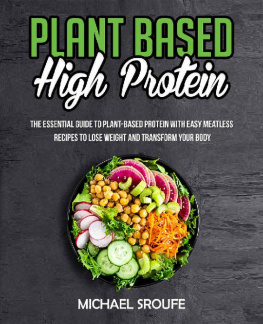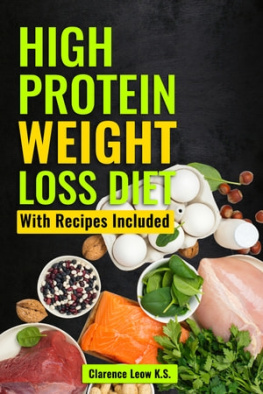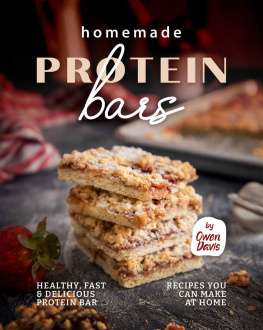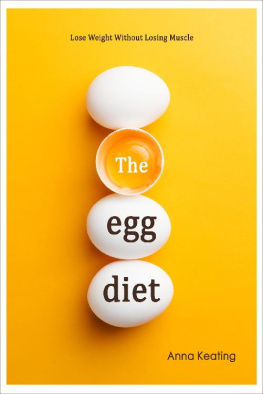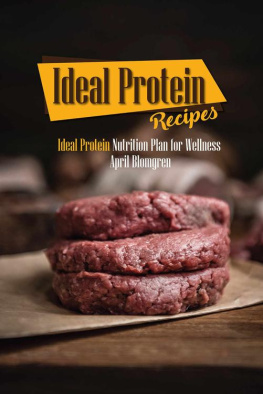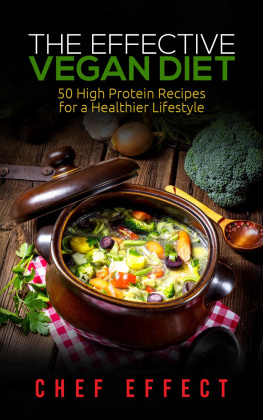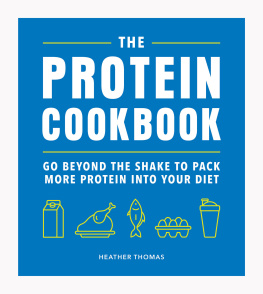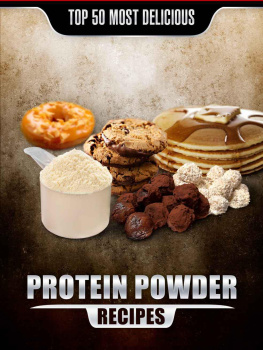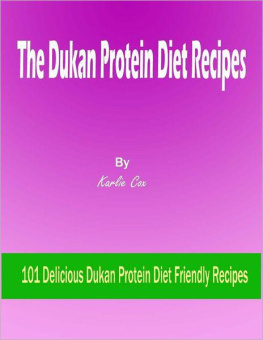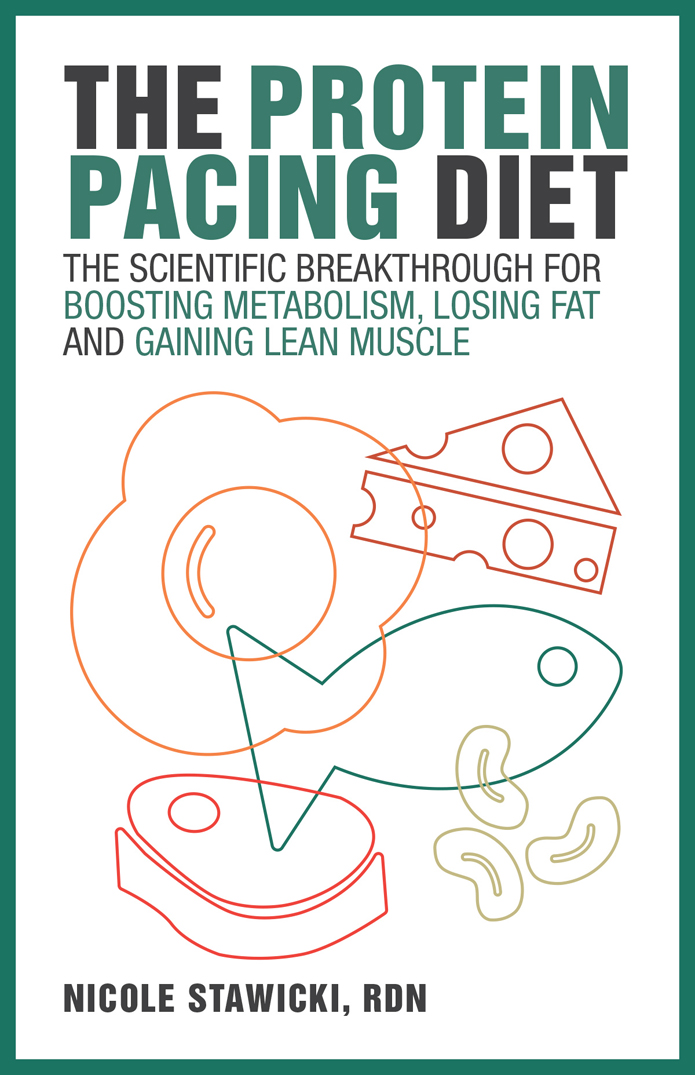
Text copyright 2018 Nicole Stawicki. Design and concept copyright 2018 Ulysses Press and its licensors. All rights reserved. Any unauthorized duplication in whole or in part or dissemination of this edition by any means (including but not limited to photocopying, electronic devices, digital versions, and the internet) will be prosecuted to the fullest extent of the law.
Published in the United States by:
ULYSSES PRESS
P.O. Box 3440
Berkeley, CA 94703
www.ulyssespress.com
ISBN: 978-1-61243-808-5
Acquisitions editor: Bridget Thoreson
Managing editor: Claire Chun
Editor: Shayna Keyles
Proofreader: Renee Rutledge
Production: Caety Klingman
Front cover design: Hannah Rohrs
NOTE TO READERS: This book has been written and published strictly for informational and educational purposes only. It is not intended to serve as medical advice or to be any form of medical treatment. You should always consult your physician before altering or changing any aspect of your medical treatment and/or undertaking a diet regimen, including the guidelines as described in this book. Do not stop or change any prescription medications without the guidance and advice of your physician. Any use of the information in this book is made on the readers good judgment after consulting with his or her physician and is the readers sole responsibility. This book is not intended to diagnose or treat any medical condition and is not a substitute for a physician.
This book is independently authored and published and no sponsorship or endorsement of this book by, and no affiliation with, any trademarked brands or other products mentioned within is claimed or suggested. All trademarks that appear in ingredient lists and elsewhere in this book belong to their respective owners and are used here for informational purposes only. The author and publisher encourage readers to patronize the quality brands mentioned and pictured in this book.
This book is dedicated to my sister Andrea and husband Todd for all their love and support, and to my dog Loco, for always standing guard while I was writing.
CONTENTS
Table of Contents
Guide
Though there is a lot of information out there on nutrition and health, I still see clients who struggle to lose weight and end up yo-yo dieting for years. Its even harder for people who have desk jobs or are busy and cannot find time to exercise regularly. And no one wants to have to give up their favorite foods or spend hours cooking, especially if they already have very little free time.
I often hear that it is hard to know the right thing to do. It seems that every time you turn on the TV or computer, different nutrition and diet stories give different recommendations. How do we know the right thing to do if all the information is conflicting? When I was growing up, the fad was to stay away from fats and red meat and instead eat lots of processed, refined carbohydrates. I was taught that fat would lead to heart disease and weight gain. I remember eating margarine because we were told how bad butter was, only to find out down the road that margarine was actually loaded with trans fats, which are way more dangerous than the saturated fats in butter! My lunch as a teenager was often a bagel or cereal bars, which I thought were healthy because they were low in fat. However, they were made from processed, refined white flour and were almost entirely carbohydrates. All the diet food that was being sold was low fat and loaded with added sugars and chemicals. Even though America was eating low fat, people continued to gain weight.
It wasnt until I got to college that I really took a look at my diet and what the food I was eating was doing to me. This is what made me decide to major in dietetics and pursue this career. Not only did I want to eat better to improve my own health and well-being, but I wanted to help other people, as well. However, though I learned a lot about food and nutrition and really overhauled my diet, I frequently found myself getting nutrition information from less reputable sources. I still read nutrition tips from grocery store magazines because I hadnt learned that I needed to look at the source of the information. It wasnt until I became a dietetic intern and started to educate clients and patients that I realized how important it was to have an evidence-based practice. That is why this book is based on scientific studies that have proven to be successful.
Many popular diet plans focus on increasing the amount of protein you are eating. Protein is so important in the diet because it has numerous roles in the body, and including protein foods at meals can help increase satiety, meaning you will feel full faster. Increased satiety alone can help with weight loss, because you will consume less total food during mealtimes. But while everyone can agree on the fact that protein intake is important, there are a lot of different factors to consider: How much protein is the right amount? When should you be eating it? Does it matter how much you exercise?
Over the past few years, a lot of studies have been done on protein pacing. The great thing is that the research was not done with people who were all the same; instead, the studies have focused on different groups of people with a variety of body types, fitness levels, and health goals. Protein pacing has consistently been shown to help people lose weight and reduce body fat, in addition to providing other health and fitness benefits. People have also found that protein pacing improved their athletic performance. By adopting a scientifically proven weight-loss plan like protein pacing, you are more likely to be successful in achieving your weight-loss, fat-loss, and health goals.
This book may include terms that are new to you, so Ive included a glossary in the back to explain them. Youll see key terms commonly throughout the text, so it may be helpful to look at the glossary first.
The book is divided into two parts. Part 1 has a brief overview of why it is so important to have protein in our diets. It also discusses the different functions of protein in the body, why we need more protein when we are exercising, and some common myths about protein that I often hear when counseling clients.
Then, the science behind protein pacing is discussed in detail: the research, the results, and why it works. Using my insight as a Registered Dietitian Nutritionist (RDN), I will review the other health benefits of protein pacing aside from just losing weight, and offer guidance so that you can make protein pacing work for you. You will learn how to add the right type of protein to your diet and when you should be eating it.
In Part 2, youll learn how to incorporate protein pacing into your life. You do not need to get out and start running marathons to make this work for you (unless you want to!). However, this book will address the types of exercise that you can do in addition to protein pacing to see results faster. I will also go over simple ways to add more activity to your day-to-day life.
Additionally, youll find information on how to make easy changes to your current diet as well as food purchasing options and sample meal plans. I even share my own experience of testing a protein pacing diet, to give you an idea of what it might look like in your daily life, and to share practical results.
The book concludes with dozens of recipes to help jump-start the program and get you on your way to losing weight and reducing your overall body fat. Even if you arent necessarily looking to lose weight, protein pacing can be an ideal plan to follow, as it provides many other health benefits and can help you achieve your fitness goals.


